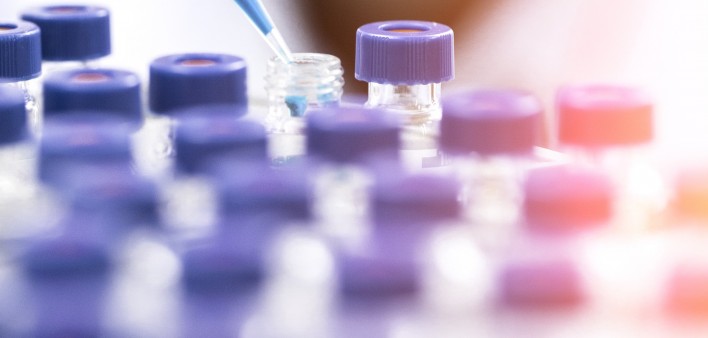Defective copies of HIV distract the immune system in order to promote overall infection. This finding presents another hurdle for the HIV cure effort. Mostly, the genetic material of HIV that gets integrated into an immune cell’s genome—this is called provirus—cannot produce viable new virus because of a flawed reproduction process. Scientists previously believed that this meant that such defective pro-viruses, which outnumber intact ones 1,000 to one, posed no significant threat. For this new study, researchers examined memory CD4 cells as well as reconstructed defective proviruses from people with HIV. Unreplicating memory CD4 cells, which can live a very long time, are a major component of the viral reservoir, the presence of which frustrates attempts to cure the virus. Apparently, the immune system recognizes viral proteins in such defectively infected cells and wastes resources attacking them.

Istock (Model(s) used for illustrative purposes only)






Comments
Comments